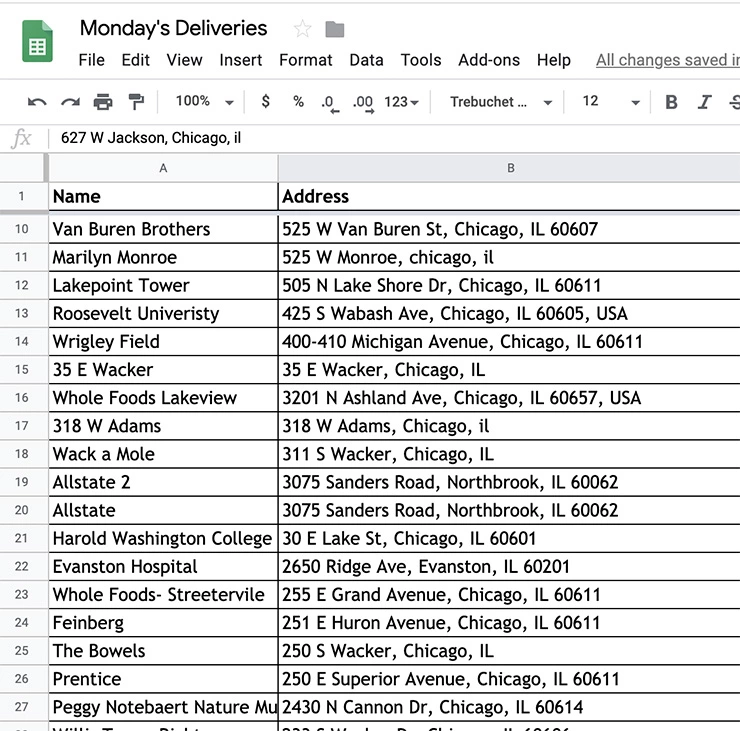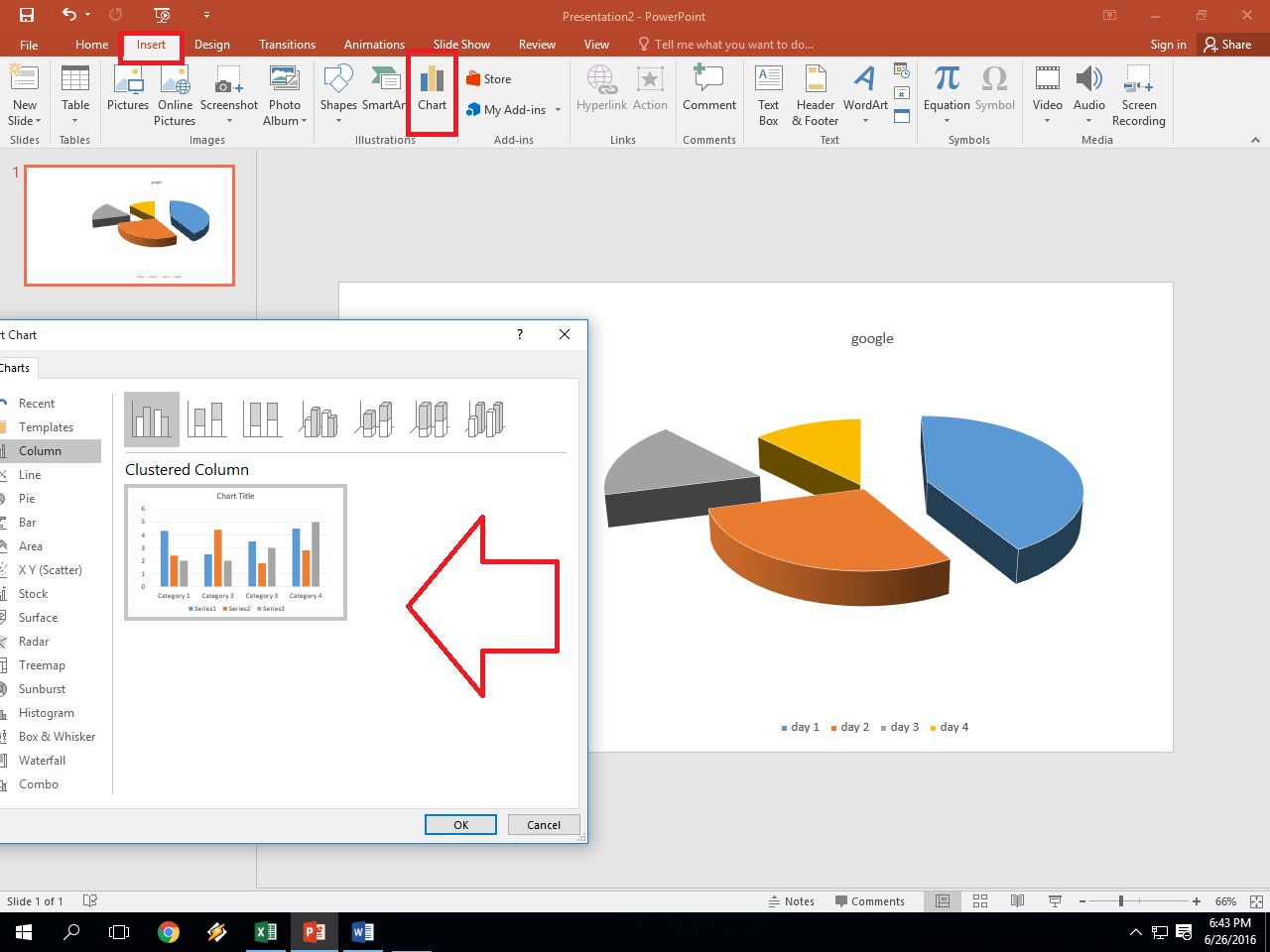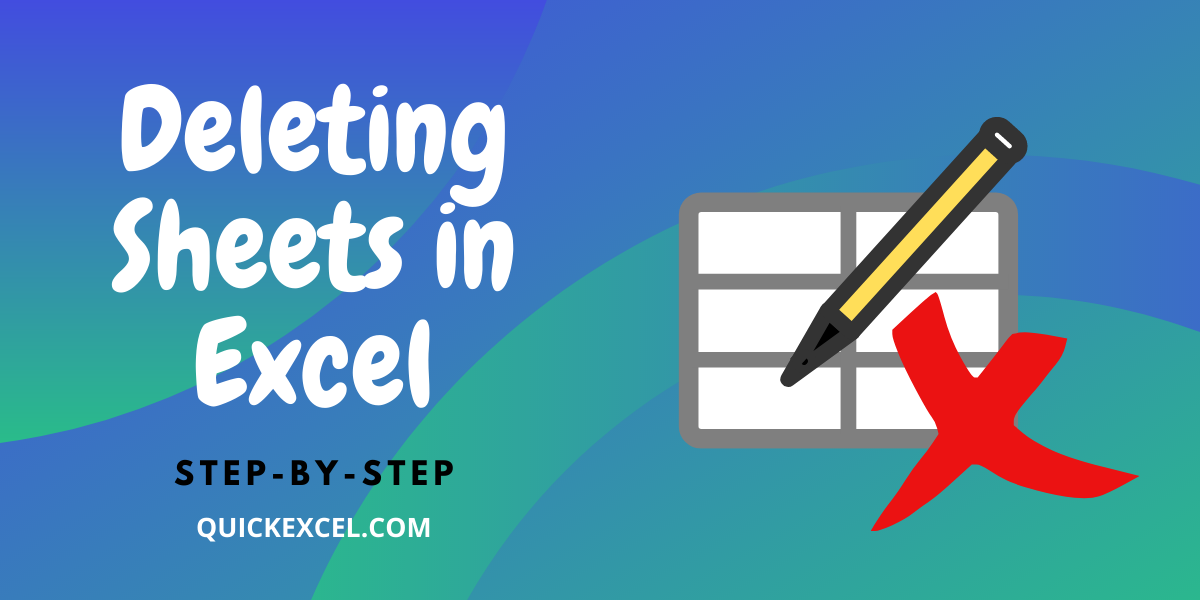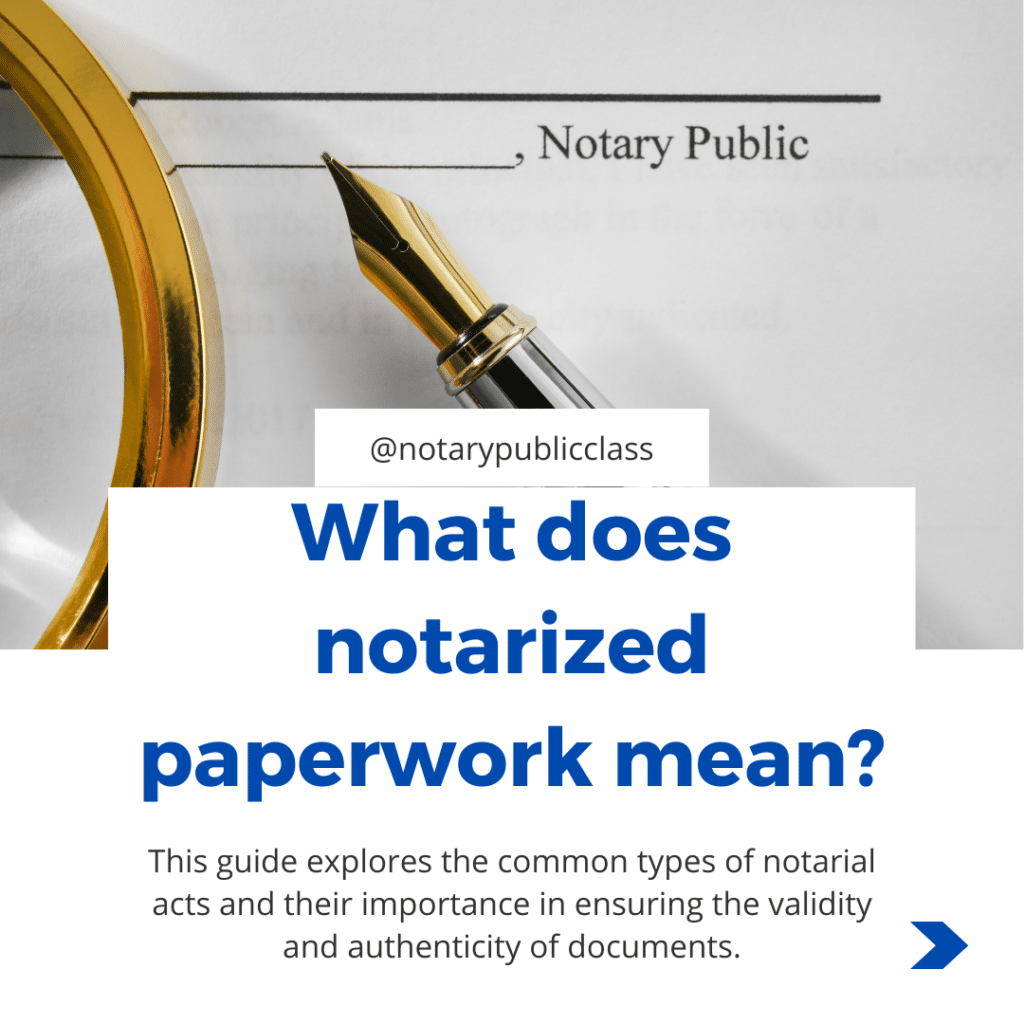5 Ways to Create Excel Sheets in iOS Swift

Creating Excel sheets directly in iOS using Swift offers a dynamic way to handle data manipulation and presentation within your mobile applications. Whether it's for data analysis, reporting, or any other form of structured data management, leveraging Swift to generate Excel files can significantly enhance your app's functionality. Here, we explore five different methods to achieve this:
1. Using Core Foundation and CSV

Before diving into dedicated Excel libraries, let’s discuss how you might use Core Foundation and CSV files as a straightforward approach:
- Convert your data into a CSV format.
- Use Core Foundation to create a CSV file.
- Change the file extension from .csv to .xls or .xlsx for basic compatibility with Microsoft Excel.
This method is simple but has limitations in terms of Excel’s advanced features:
💡 Note: This method creates a basic file that Excel can read but does not support Excel's complex functionalities like formulas or formatting.
2. Using LibXL Library

LibXL is a C++ library that can be bridged into Swift to generate native Excel files. Here’s how you can implement it:
- Download and integrate LibXL into your project.
- Create an instance of LibXL’s Workbook class.
- Add sheets, set cell values, and apply formatting as needed.
- Save the workbook to your app’s document directory.
LibXL offers extensive Excel formatting options:
📝 Note: You'll need to bridge C++ code with Swift using Objective-C++. Also, LibXL requires a commercial license for production use.
3. Using xlsxwriter Library

The xlsxwriter library, although initially designed for Python, can be adapted for use in Swift:
- Use Python as an embedded scripting language in Swift.
- Set up Python environment with necessary permissions.
- Invoke Python to create Excel files using xlsxwriter.
- Save and retrieve the file through Swift.
This method leverages Python’s rich library ecosystem:
🐍 Note: Running Python within Swift requires careful setup, including framework linking and runtime permissions.
4. Swift Package Manager with a Third-Party Library

Using Swift Package Manager (SPM) to integrate third-party libraries like SwiftyXL or SwiftExcel, you can:
- Add the library to your project using SPM.
- Create and manipulate Excel files directly in Swift.
- Use features like charts, comments, and formulas.
Here is a basic table showing libraries and their compatibility:
| Library | Features | License |
|---|---|---|
| SwiftyXL | Full Excel support | Commercial |
| SwiftExcel | Basic Excel creation | MIT |

5. Implementing Your Own Excel Writer

For a more customized approach, you can write your own Excel writer:
- Understand Excel’s XML-based .xlsx file format.
- Implement classes to structure XML elements.
- Write XML content to files, maintaining Excel’s required schema.
- Zip the generated XML files into the .xlsx format.
Here’s a sample code snippet for structuring XML:
let workbookXML = “””
<?xml version=“1.0” encoding=“UTF-8” standalone=“yes”?>
“””
🚀 Note: This method is complex and requires deep knowledge of Excel's file structure but offers unparalleled customization.
Each method discussed provides different benefits and challenges when creating Excel sheets within an iOS app using Swift. From the simplicity of CSV-based approaches to the power of custom Excel writers, developers can choose based on the complexity of the required output, licensing considerations, and their project's architecture. By understanding these options, you can enhance your app's data manipulation capabilities, providing users with a robust tool for their productivity needs.
In summary, we've explored five methods for creating Excel sheets with Swift on iOS:
- Core Foundation and CSV for basic compatibility.
- LibXL for native Excel creation with advanced formatting options.
- xlsxwriter via Python for leveraging Python's library ecosystem.
- Using Swift Package Manager for third-party libraries.
- Implementing your own Excel writer for complete control over the file's structure.
Each approach offers a unique set of tools and trade-offs, allowing developers to tailor their solution to the specific needs of their application, ensuring seamless integration of Excel functionality into iOS apps.
Why should I use Swift for creating Excel files?

+
Using Swift for creating Excel files in iOS apps allows for seamless integration, native performance, and easy adaptation to iOS’s sandboxing and app permissions. It also provides better control over the user experience and app functionality.
Can I use LibXL with Swift for production?

+
Yes, LibXL can be used in production, but you will need to acquire a commercial license for distribution, as it’s not free for commercial use.
What are the limitations of using CSV for Excel files?

+
The main limitations include the lack of formatting options, inability to use Excel formulas, and basic compatibility, making it less suitable for complex data manipulation.



